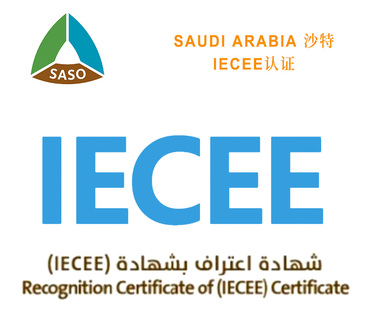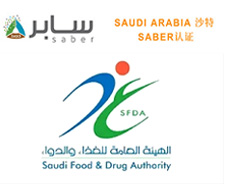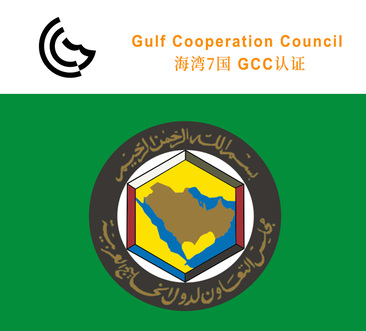News
1Usually, when it comes to the CE certification of electric mosquito repellent liquid, companies pay attention to the cost. How much does the CE certification cost? The cost of CE certification is about 2-3k, and different quotations are provided for different products. The cost of medical machinery and equipment product certification is relatively high, and the specific quotation is provided by the official customer of Sage to answer any difficult questions one-on-one.
Electric mosquito repellent liquid is mainly a chemical component of pyrethroids, and a small amount of chloroform, benzene, ether, etc. are also added as solvents. These chemical components can be absorbed through the respiratory and digestive tracts and have certain toxicity. If exposed to excessive amounts for a long time, there will be serious consequences. Some low-quality mosquito repellents contain drugs that are extremely harmful to human health, such as commonly used pesticides such as dichlorvos.
Electric liquid mosquito repellent incense, like electric paper mosquito repellent incense, is composed of mosquito repellent liquid and an electric heater. When the electric heater is connected to the power supply, the PTCR element starts to heat up, and then relies on the temperature adjustment function of the PTCR element itself to maintain its temperature within a certain range. The above description can also help us understand this process. It is necessary to obtain CE certification for products exported to other countries in order to protect the environment and the health of consumers.
HOT services
RELATED NEWS
-
+ Market demand for electrical certification SASO in Middle Eastern countries.
2024-03-06
-
+ The CE certification standards and process steps for European regulations.
2024-03-06
-
+ Application Guidelines for SASO Saudi Arabian Certification
2024-03-06
-
+ Preparation of ROHS certified environmental directive compliance documents - Material requirements:
2024-03-06
-
+ The EU General Product Safety Regulations have officially come into effect
2024-03-06
-
+ Recent significant regulatory updates from TEC and BIS in India
2024-03-06
-
 Tel
TelHotline
+86 400-826-3320
-
 WhatsApp
WhatsAppWhatsApp
+86-15355373320-penny
+86-13362995501-laura
-
Skype
-
 E-mail
E-mail -














